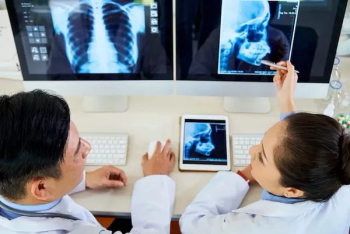
Emerging Perspectives on Computed Tomography Colonography
In recent video interviews, Syam Reddy, MD, Judy Yee, MD and Anand Narayan, MD, discussed various benefits of computed tomography colonography (CTC) for colorectal cancer screening, the underutilization of the CTC procedure and steps moving forward to improve access to this procedure.
Despite a number of practical benefits for patients and having comparable detection rates to conventional colonoscopy for colorectal cancer, computed tomography colonography (CTC) remains significantly underutilized. In fact, a recently published survey of over 13,700 people between the ages of 50 to 75 found that
Various authors have pointed to the lack of Medicare coverage as a key factor in the limited access and use of CTC. Noting the potential impact CTC could have in improving colorectal cancer screening rates in at-risk populations, the
With this in mind, Syam Reddy, MD, Judy Yee, MD and Anand Narayan, MD, recently spoke with Diagnostic Imaging to discuss the benefits of CTC, limitations of access to the procedure and suggested steps for potentially resolving this issue.
Watch the video below:
Newsletter
Stay at the forefront of radiology with the Diagnostic Imaging newsletter, delivering the latest news, clinical insights, and imaging advancements for today’s radiologists.




